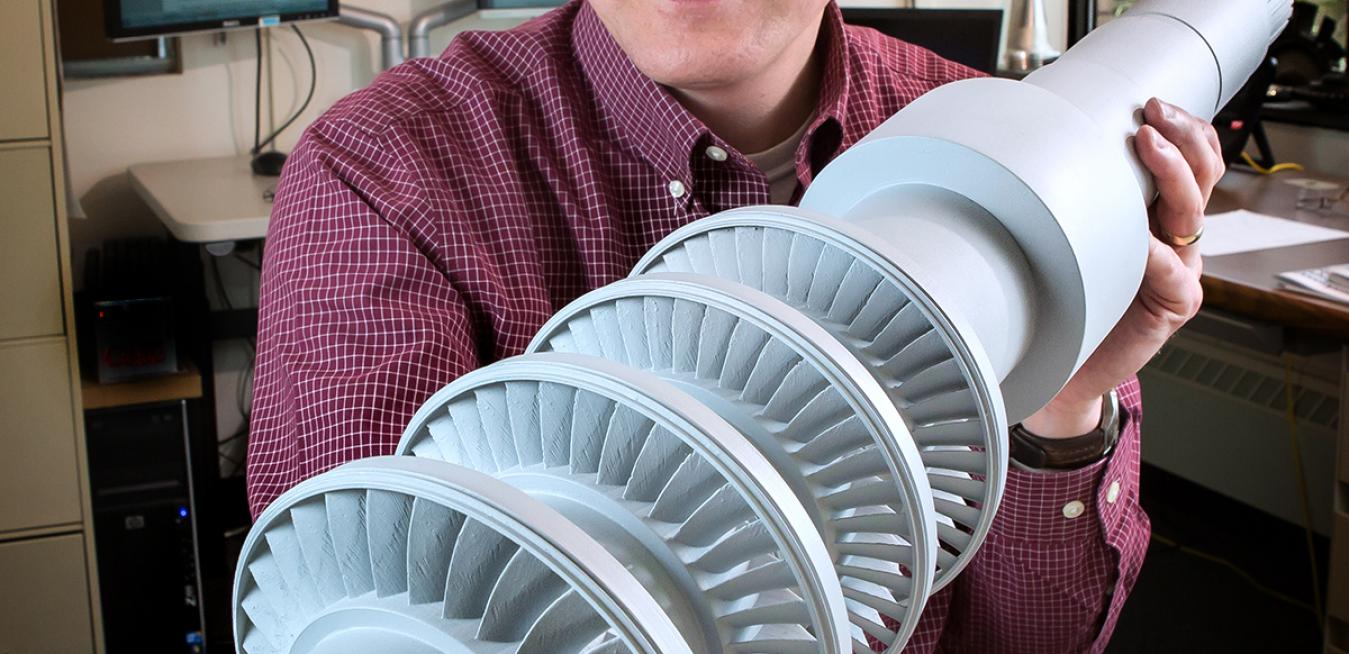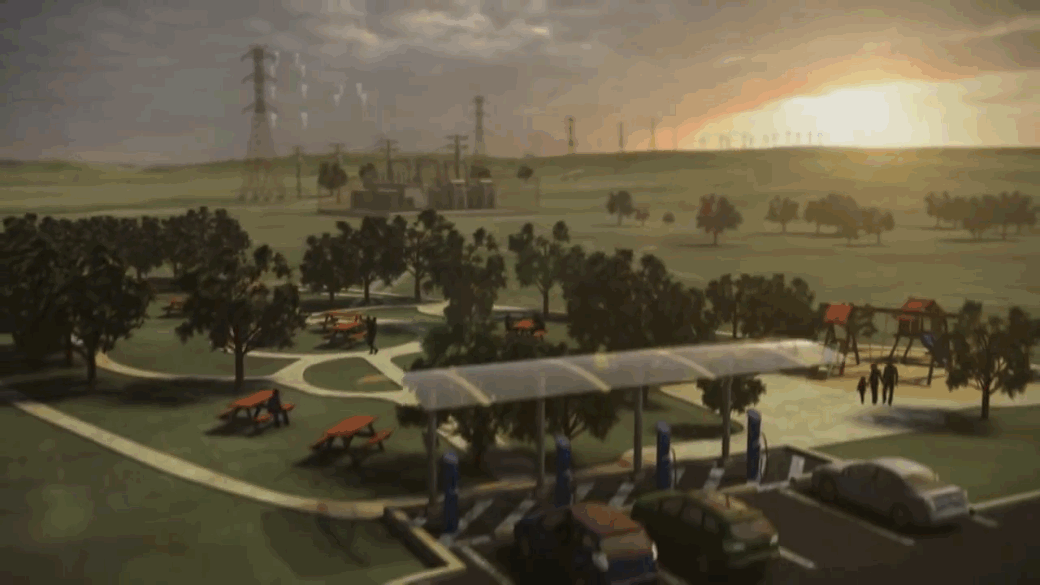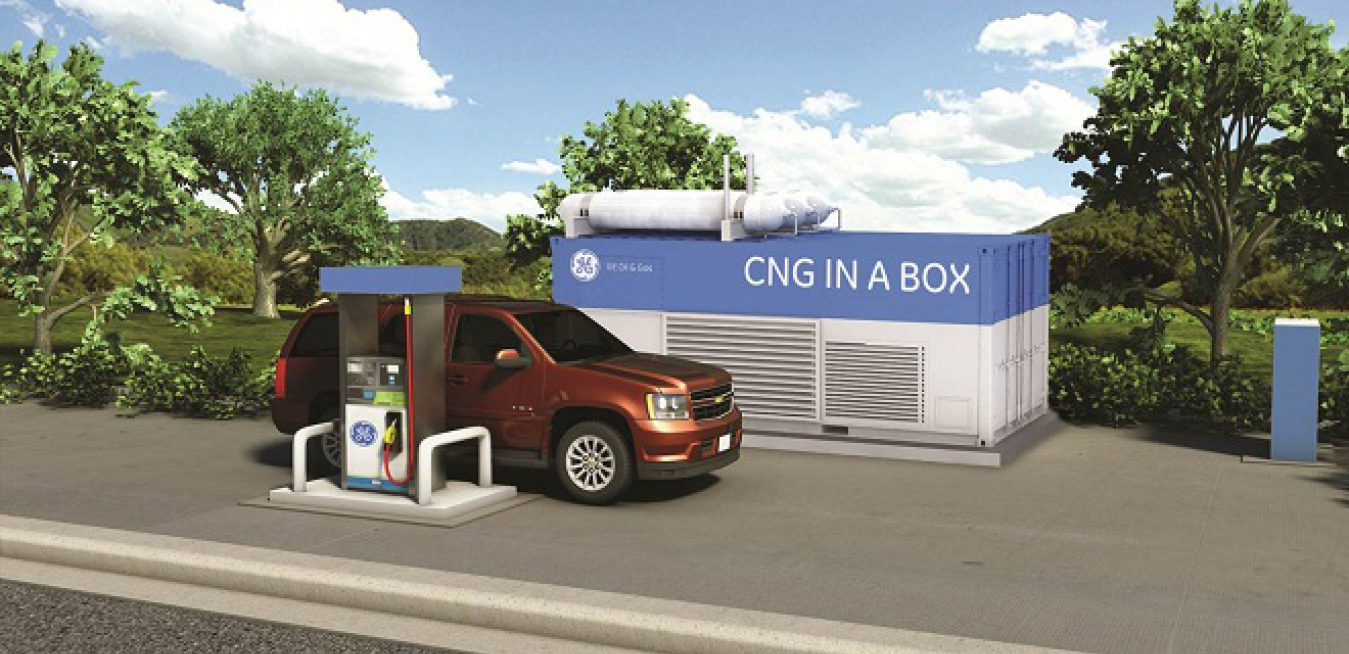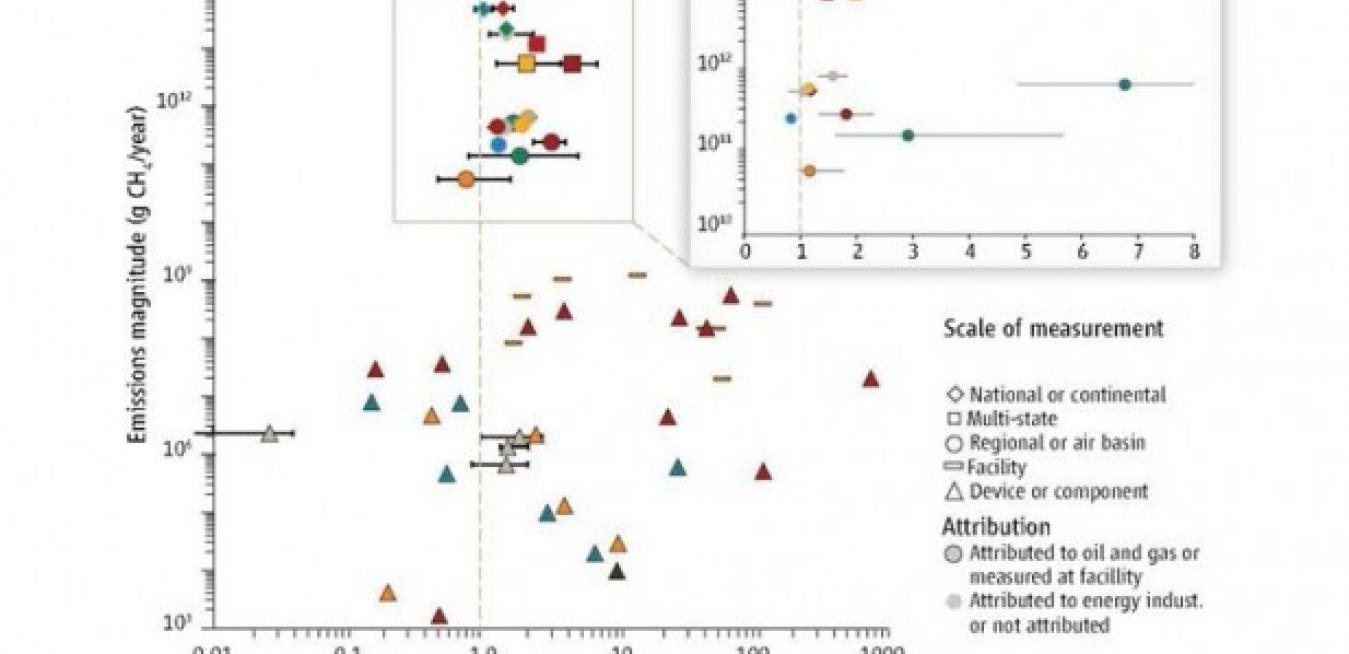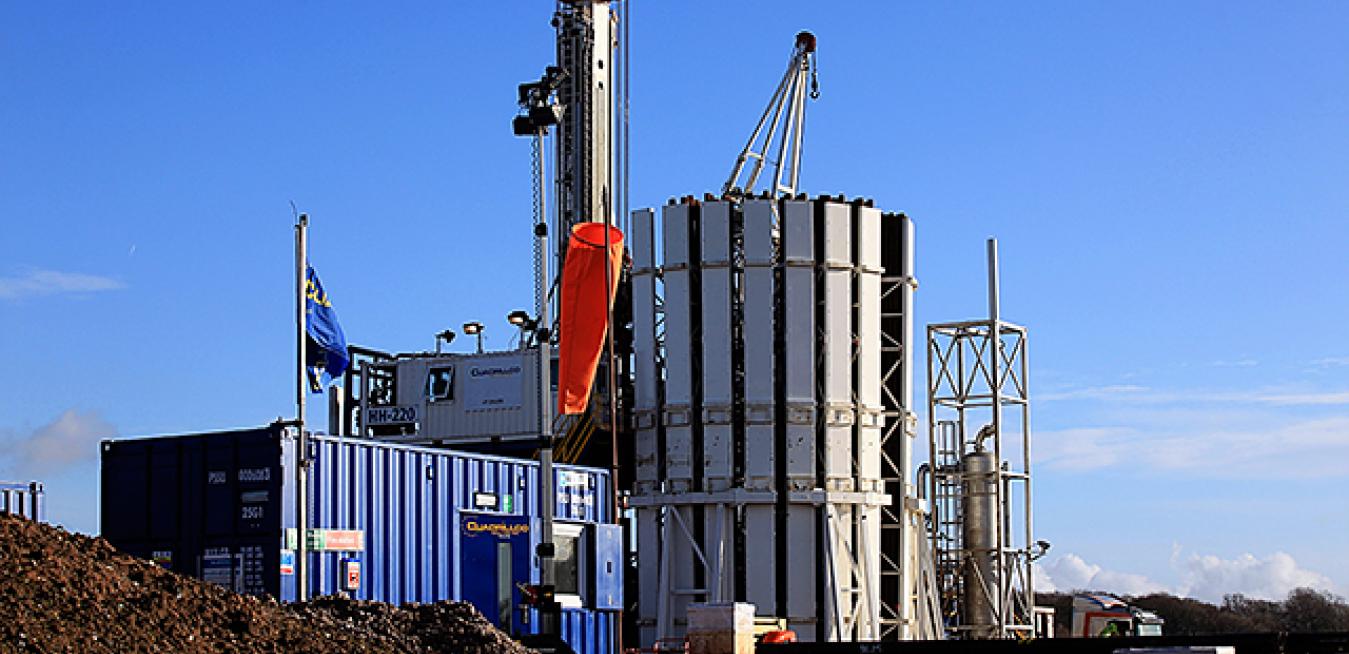The aviation industry is undertaking a broad set of actions to curtail carbon emissions, says the head of the Aerospace Industries Association. Technology and operations advances, certification standards, biofuels and market-based measures will work in concert to achieve carbon-neutral growth starting in 2020.
Though small in stature, the turbine in the photos could contribute to solving some of the world’s biggest energy challenges, not to mention powering an entire town, says Doug Hofer, a steam turbine specialist at GE Global Research.
Solar power is a great source of renewable energy, but as with many things in life, timing is everything. The sun doesn’t shine on long winter nights when people turn on their lights. On the other hand, a sunny Sunday afternoon can produce an ample electricity surplus that’s difficult to store.
“That’s the grand challenge,” says Stephen Sanborn, senior engineer and principal investigator at GE Global Research (GRC). “We need to make renewable energy available to the grid when it is needed.”
While this approach makes sense — given that climate change is a global issue and market-based national or international solutions would be far less expensive solutions than command and control approaches — an ambitious, binding international treaty has yet to materialize. And here in the U.S., climate change legislation doesn’t look likely for the foreseeable future.
“By leveraging cleaner energy sources and cutting energy waste, this plan will clean the air we breathe while helping slow climate change so we leave a safe and healthy future for our kids,” said EPA Administrator Gina McCarthy.
The question is what role natural gas will play in the future of trucking, which is today dominated by diesel fuel.
These factors are not universally present. We have diversity and divergence – and an absolute requirement to reduce greenhouse gas emissions worldwide – at play.
There is cause for caution because, as in all complex processes, there is risk.
Risk






